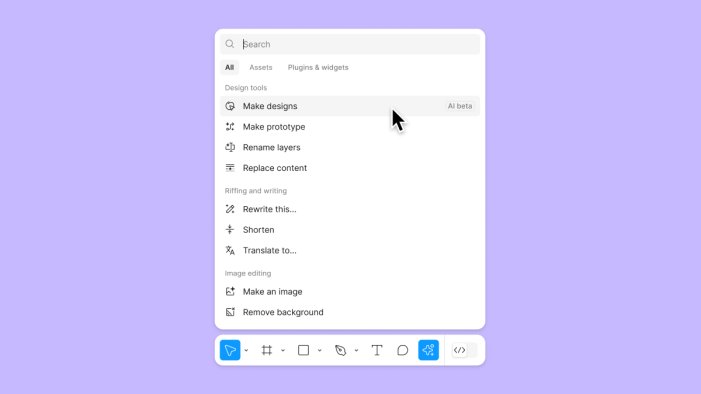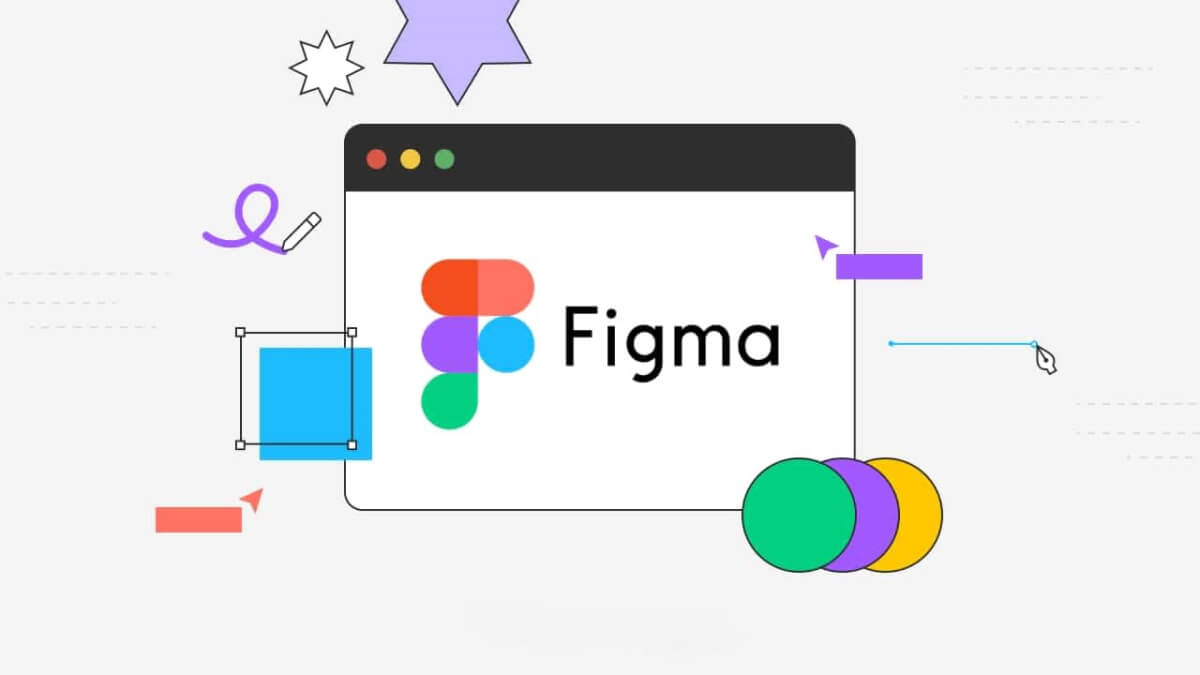Figma recently encountered issues with its “Make Designs” generative AI tool after users discovered that the AI-generated designs closely resembled popular app designs. This similarity sparked concerns about potential legal trouble for users and raised questions about the tool’s originality.
Andy Allen, a designer who pointed out the issue, shared screenshots on social media showing the striking similarities between the AI-generated designs and Apple’s weather app. Figma’s CEO, Dylan Field, responded by taking responsibility for the oversight and highlighting the need for more rigorous QA processes; he also said that Figma would eventually provide an update on how this happened, which they have now done.
Noah Levin, Figma’s Vice President of Product Design, explained in a blog post that Figma had reviewed the underlying design systems during development and a private beta phase. However, in the week leading up to their Config 2024 event, new components and example screens were added without thorough vetting. Levin admitted that some of these assets bore similarities to real-world applications and influenced the AI’s output.
To address the issue, Figma promptly removed the problematic assets from the design system and temporarily disabled the “Make Designs” feature. The company is now working on an improved quality assurance (QA) process before re-enabling the feature. Levin did not provide a specific timeline for its return but emphasized the importance of ensuring quality and originality in the tool’s output.
Figma’s “Make Designs” feature was introduced at Config 2024 as part of the Figma AI suite, which includes various AI-powered tools to enhance user productivity and creativity. The feature was designed to generate initial drafts of UI designs based on design systems and user prompts. By using pre-built design components, the tool aimed to create consistent and customizable designs quickly.

Levin detailed the process behind “Make Designs,” explaining that the tool uses off-the-shelf models like OpenAI’s GPT-4o and Amazon’s Titan Image Generator G1. These models are combined with extensive design systems commissioned by Figma, consisting of hundreds of components and examples. The metadata from these components is fed into the model along with user prompts, allowing the AI to assemble and generate designs.
Levin emphasized that Figma’s goal is to use AI to provide a starting point for designers, enabling them to focus more on solving design problems rather than assembling components. He acknowledged that while AI can assist in generating initial drafts, the final crafting of meaningful experiences remains the domain of human designers.
Despite the setback with “Make Designs,” other AI features announced at Config, such as text generation and layer renaming tools, remain available in limited beta. Figma has also laid out its AI training policies, allowing users until August 15th to opt in or out of contributing their data for AI training.
